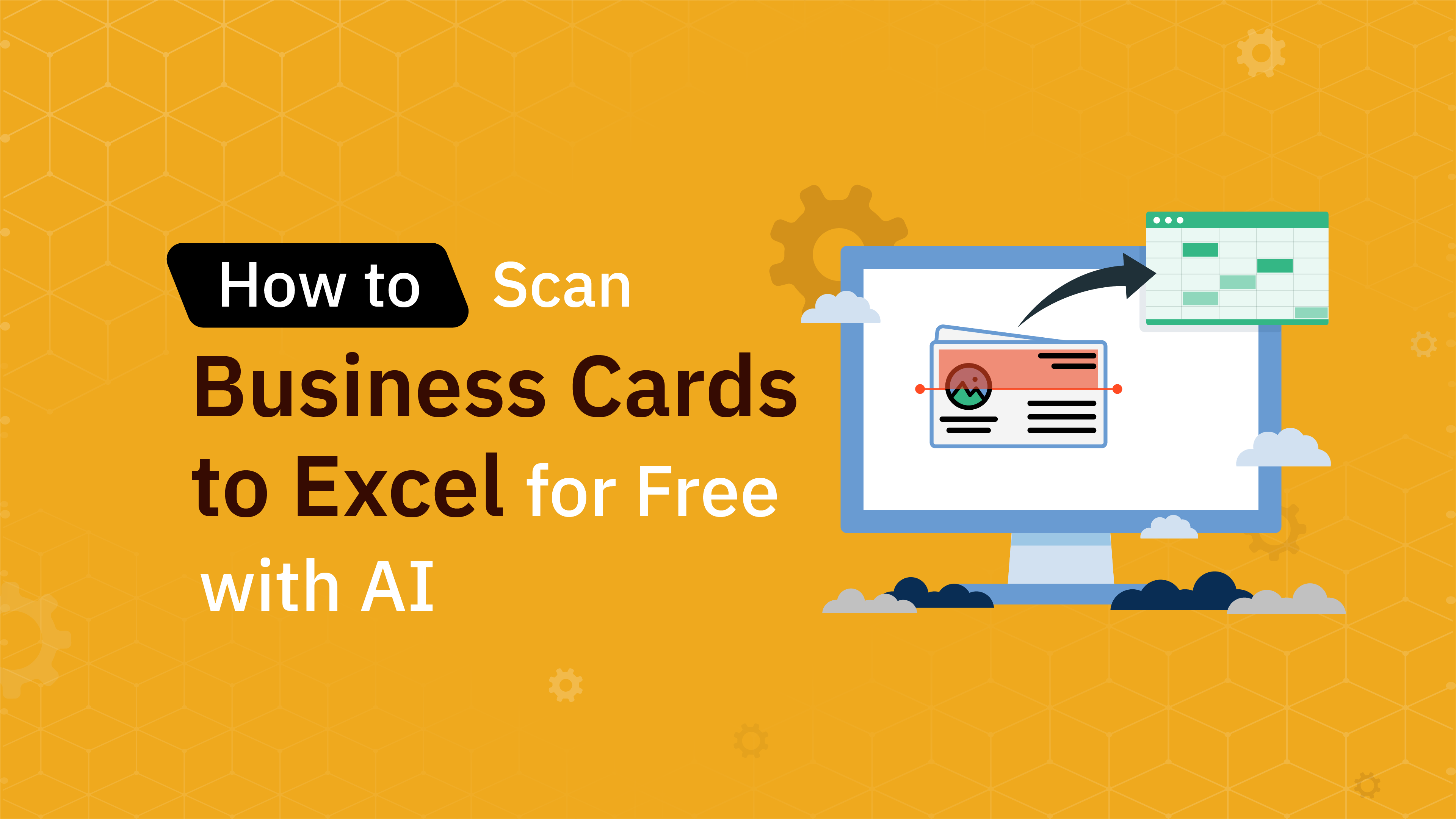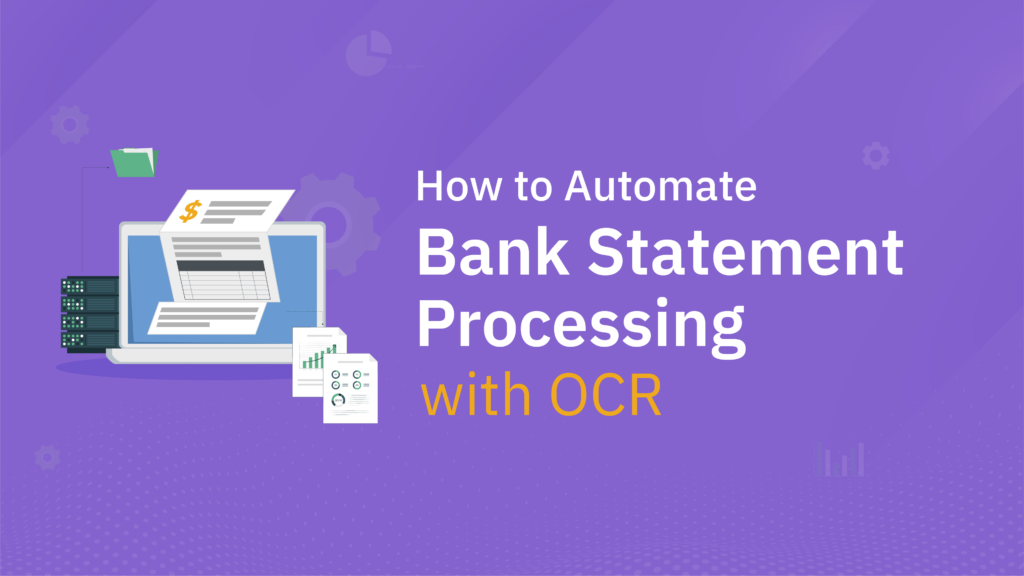Messy stacks of business cards littering your desk aren’t doing you any favors. Ideally, you’ll send those contacts to your CRM or other digital tools so you can keep track of your connections. While you could manually enter each business card into your system of choice, the easier way is to generate an Excel spreadsheet using AI.
Entering your business cards into Excel gives you a single source for your contacts. You can use this as a database to organize and manage your contacts, or you can import the spreadsheet to your CRM, where they’re primed for email nurturing, marketing, and more.
See why AI is the best way to scan business cards into Excel and how you can use it to digitize multiple business cards in minutes.
How to Convert Business Cards to Excel Using Instabase AI Hub
Instabase AI Hub is a collection of apps that makes AI user-friendly and easy to access, even if you don’t have a background in AI or data science. Each app is purpose-built to help any business user leverage generative AI to automate data and document processing.
The Build app allows you to create custom repeatable AI workflows without any coding. By using AI, Build’s functionality goes beyond optical character recognition, which is typically used to convert paper documents into digital text that can be edited. This results in higher accuracy and expanded capabilities, such as the ability to translate text, validate the extracted data, and format text.
To convert business cards to Excel, use Build to create a workflow for extracting the data that you want from one business card. After saving that workflow, you can then apply it to multiple business cards going forward and export the data as a CSV or Excel file. Follow these directions to create your custom workflow.
- Go to aihub.instabase.com and open the Build app.
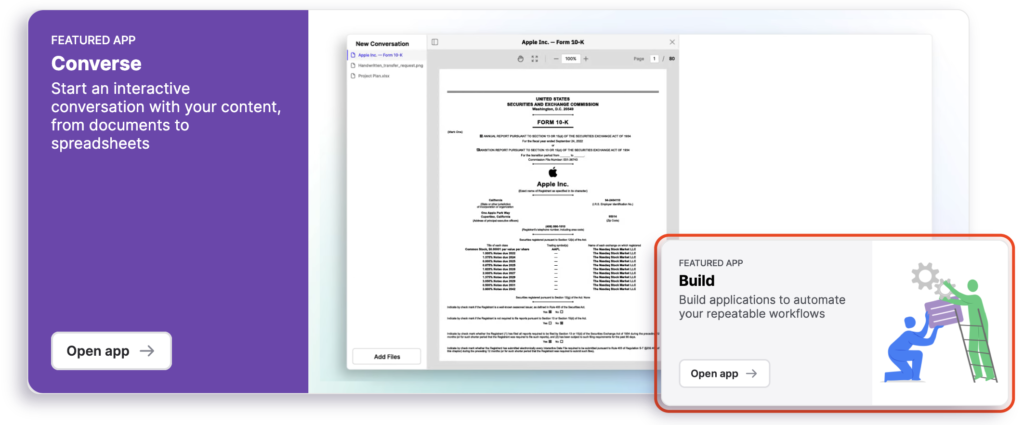
- Upload one photo of any of your business cards in Build.
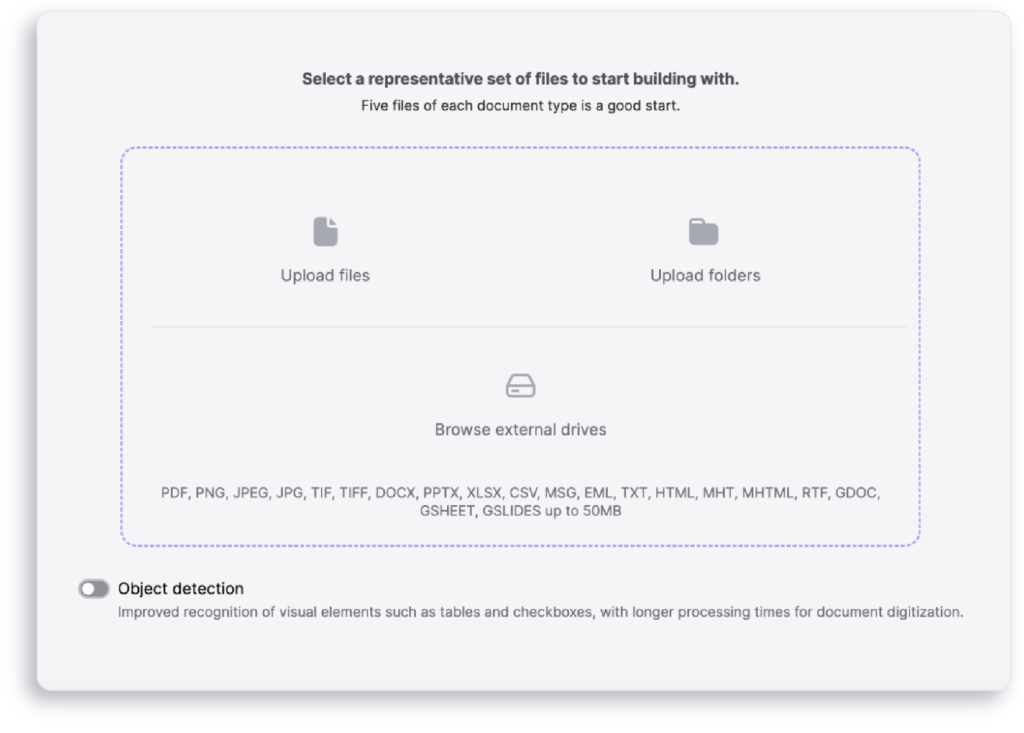
- Tell Build the type of document that you’ve uploaded. In this case, it’s a business card.
Click the label icon in the right panel to create a document class, and enter “Business Card” as the class name.
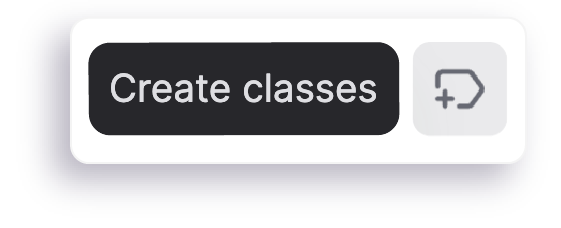
- Click the “Reclassify documents” button in the bottom-right corner.

- Now you’ll need to tell Build the data that you’d like to extract. In the right panel, click the “Create field” button.
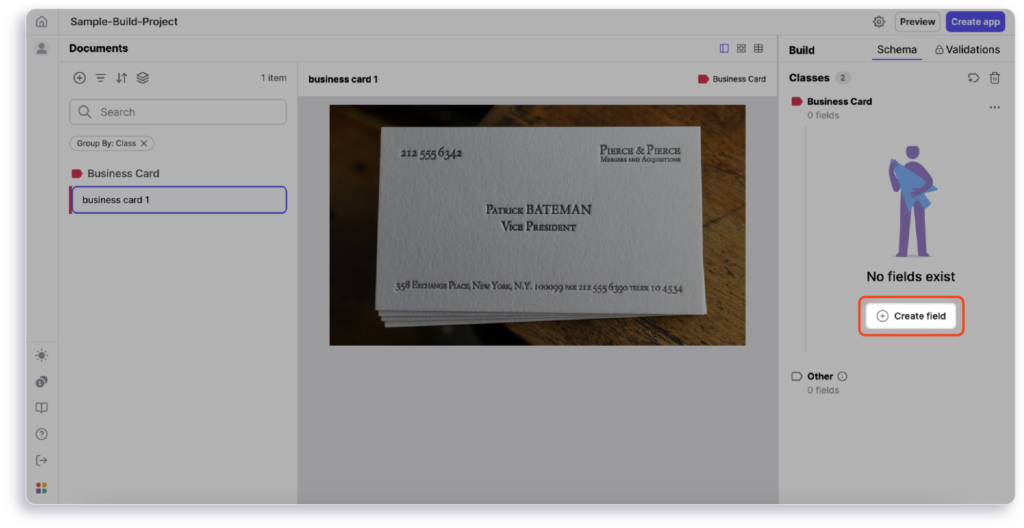
- Enter a field name that corresponds to a piece of data that you’d like to extract, such as “Company Name” or “Address.” Continue adding more fields for each value that you want to extract. Click “Create” once you’ve added all your fields. If you’ve left out any fields, you can always add more later.
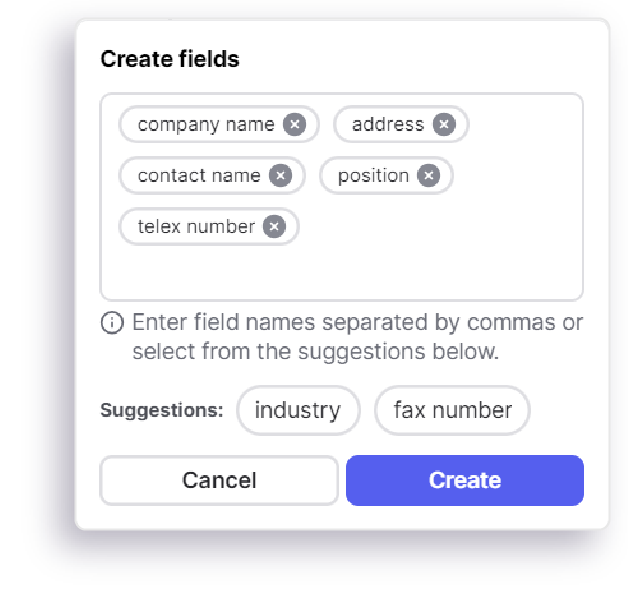
- You’ll see a preview of the output. If the data extracted for each field is correct, click “Save fields” to save your work. If the output isn’t correct for any of the fields, select the field and click on the pencil icon to edit it.
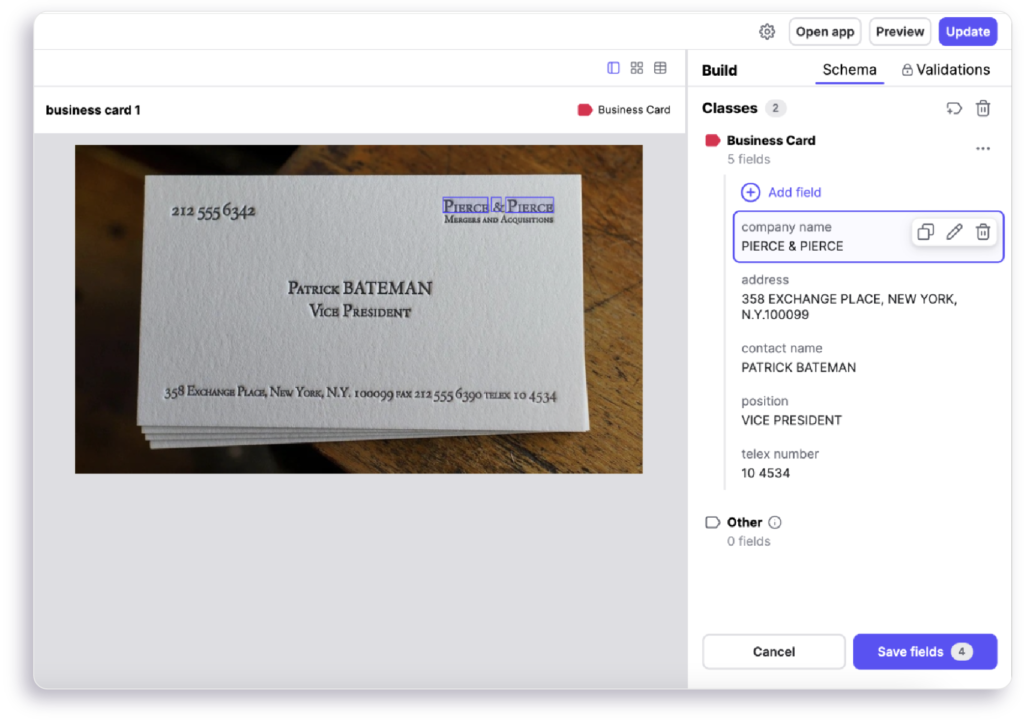
- Adjust the prompt until the extracted value is correct. Then, click “Save fields.”
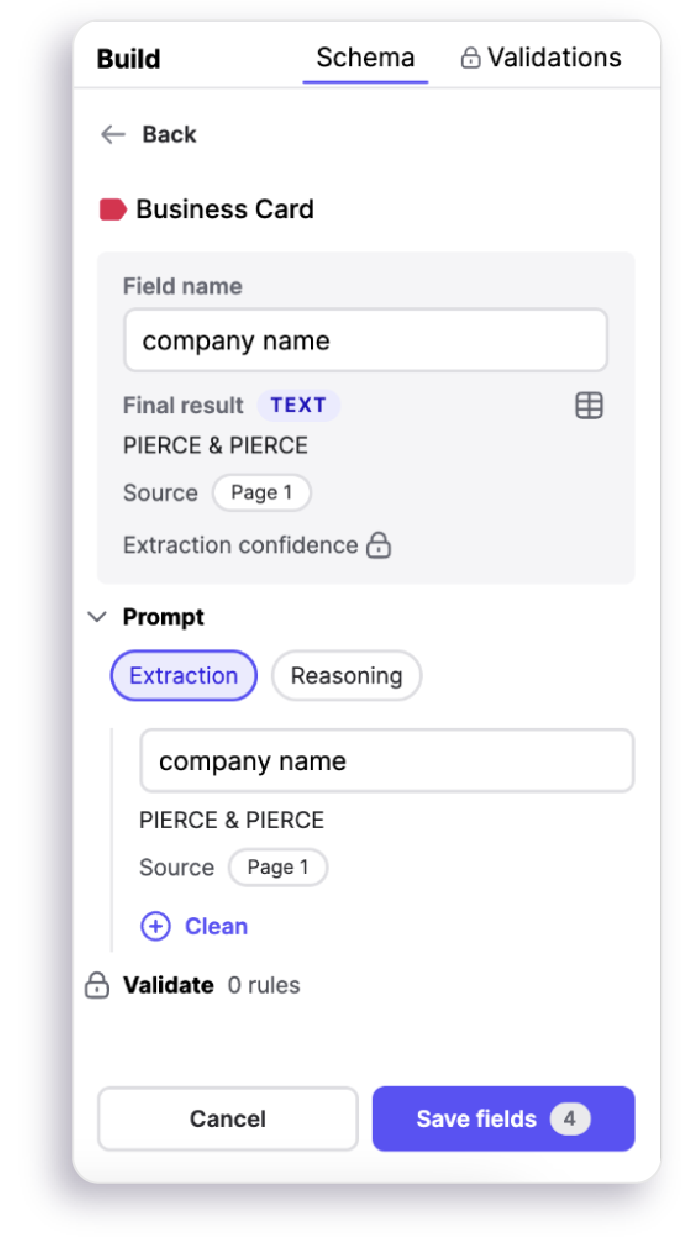
- If you need additional fields, click “Add field” and choose from the suggested fields or enter your own.
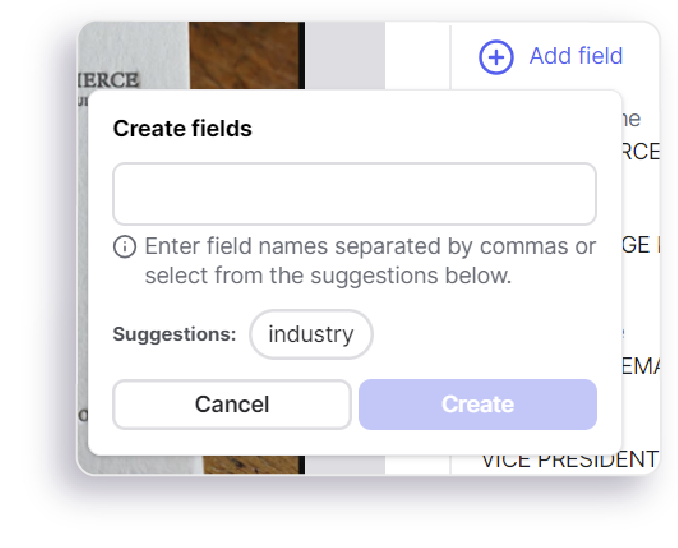
- Now that you’ve created a workflow for extracting data from one business card and confirmed that it’s working, it’s time to make this process repeatable. Click “Create app” in the top-right corner to save this workflow.
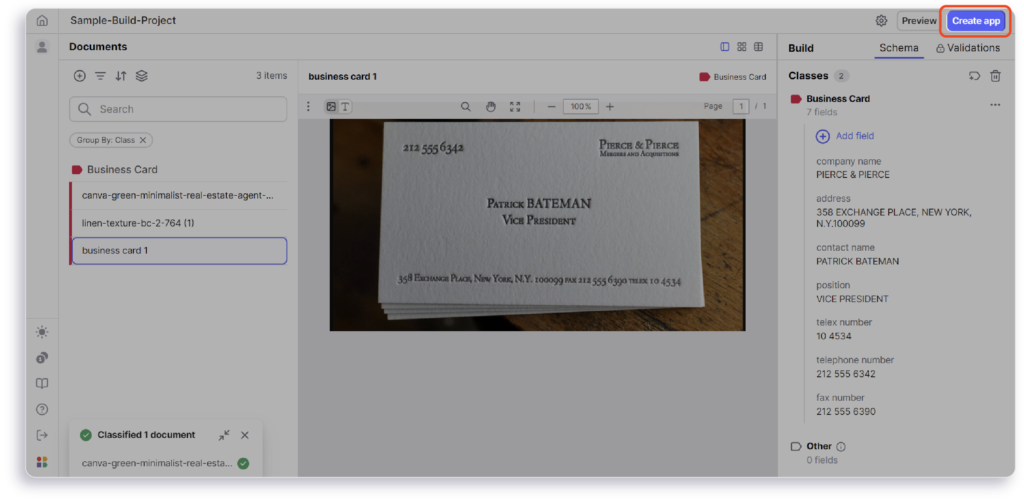
- Name your app and add an optional description. Click “Create app” once more and give it a few moments while Instabase saves your app.
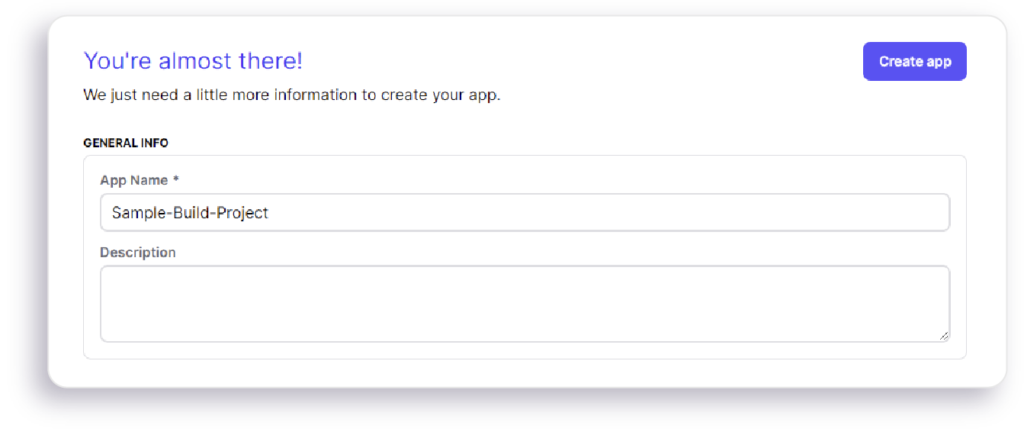
- A confirmation message will appear once your app has been created. Click “Open app” to start batch processing your business cards.
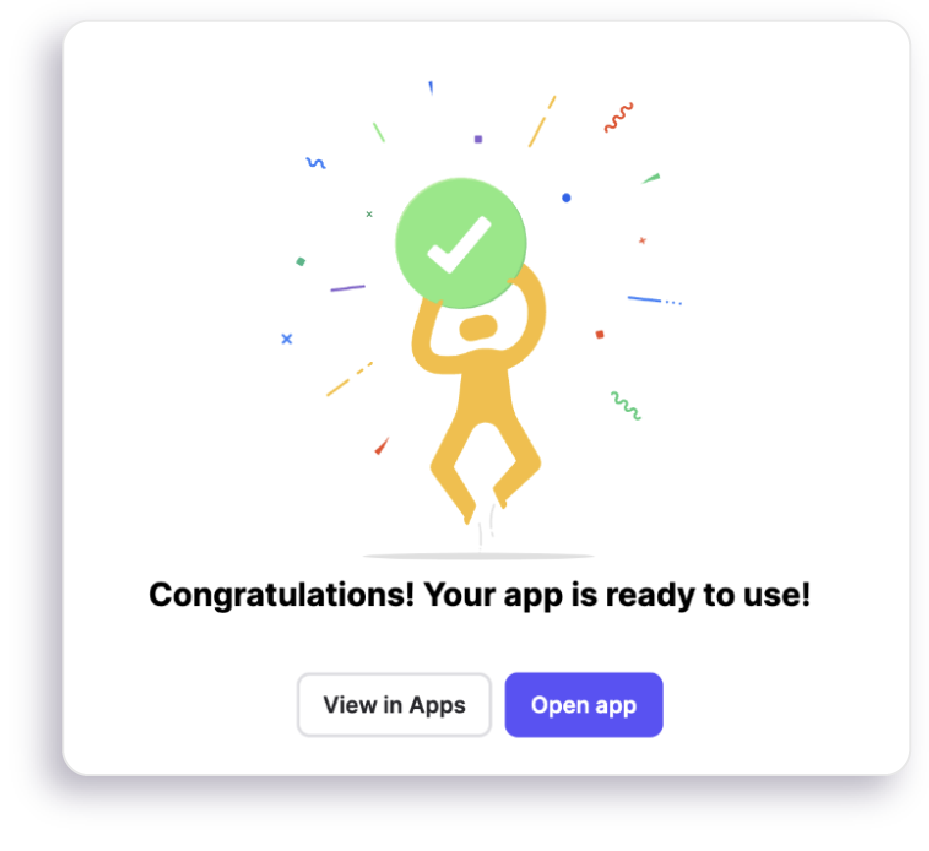
- Upload additional business card photos.
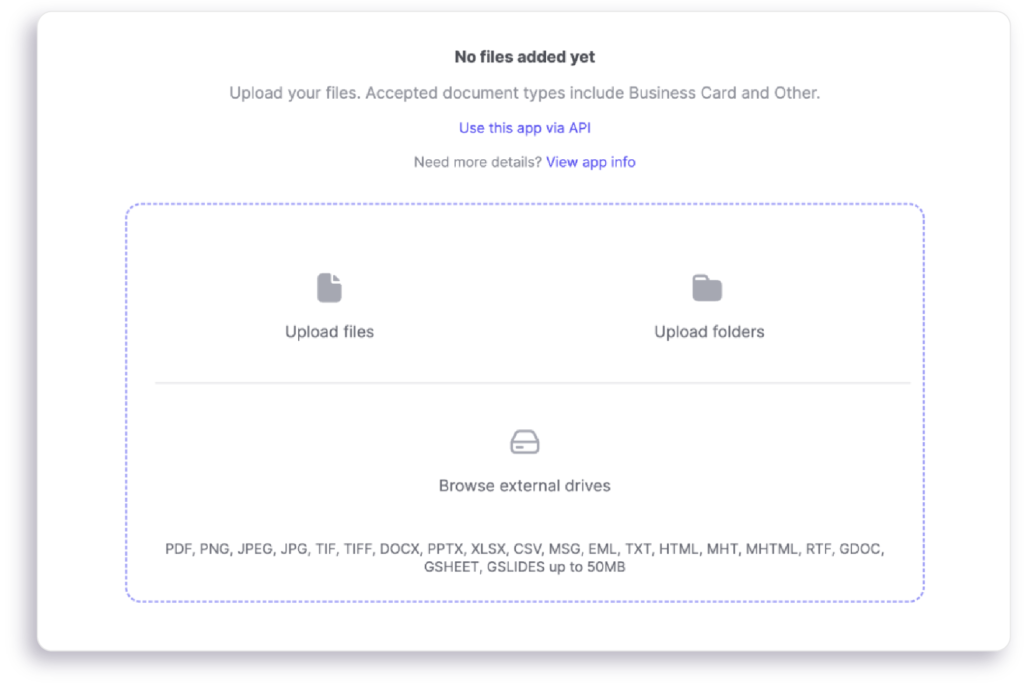
- Scroll down until you see “App Runs.” Click on the run that corresponds to the files that you just uploaded.
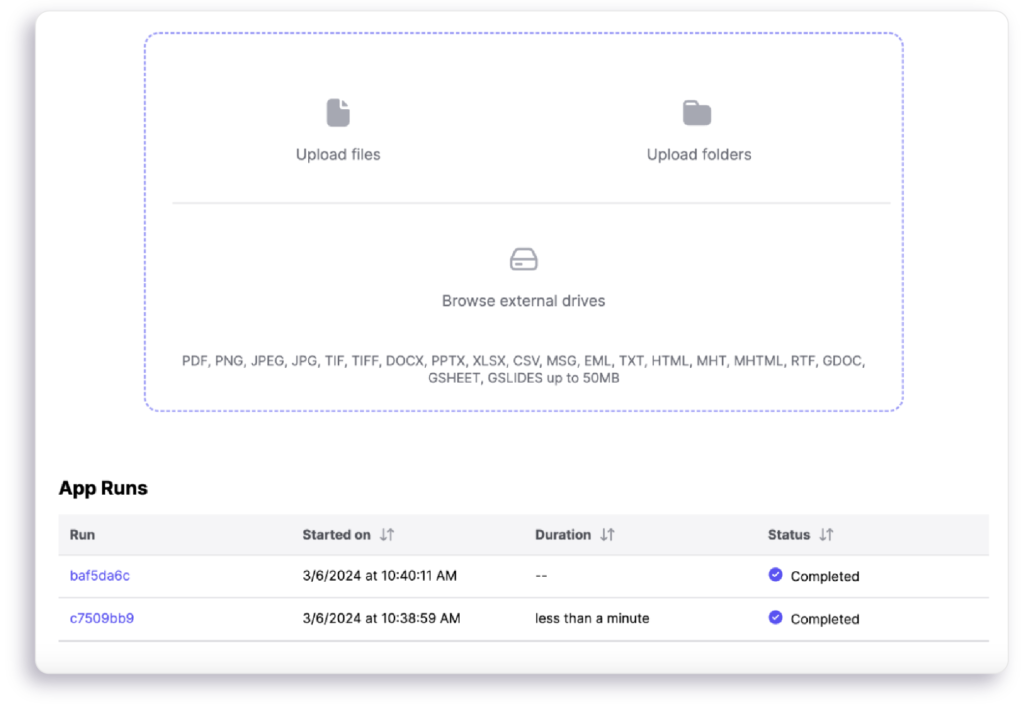
- You should now see the business cards that you uploaded in the left and center panels. The data that’s been extracted is displayed in the panel on the right. You can double check whether the output is correct and see when no value has been found for specific fields.
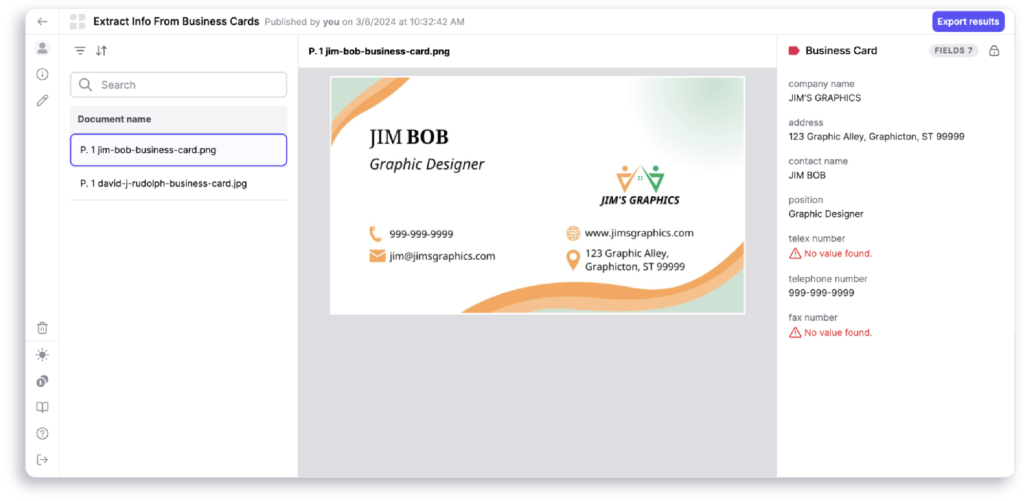
- Click “Export Results” in the top-right corner, and then choose “CSV files” or “Excel file” to export your data.
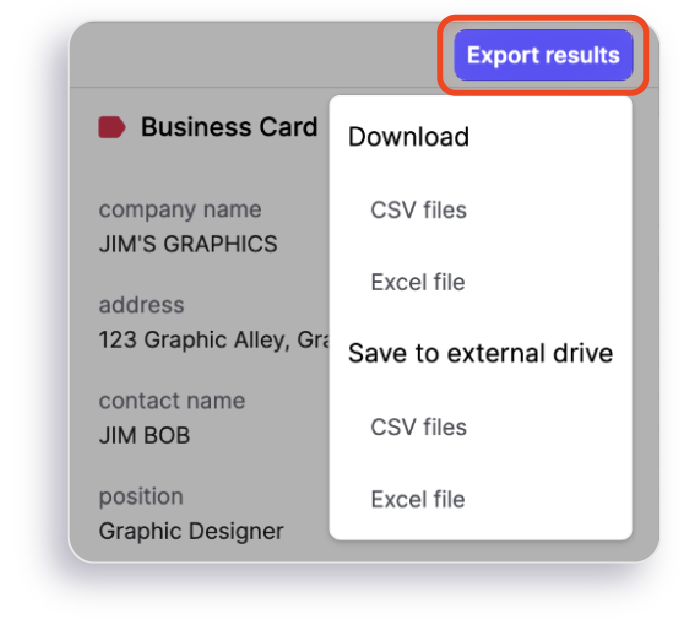
Once you’ve built your app, you can use it as often as you like and return to it at any time. All your apps are saved in your Instabase account for easy access.
If you use a CRM, Instabase also supports third-party integrations, so you can bypass the spreadsheet step and export data directly to your CRM. With AI and automated end-to-end workflows, Instabase provides one of the easiest ways to scan business cards into Excel and gives you a better way to keep in touch with your contacts.
Use Instabase AI Hub to Scan Business Cards to Excel
Convert your business cards into a spreadsheet in seconds, and automate this process going forward.
